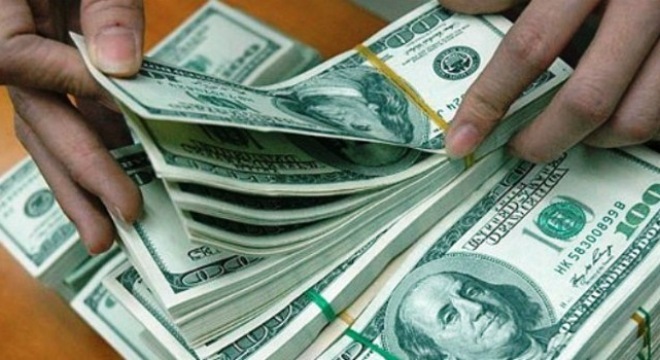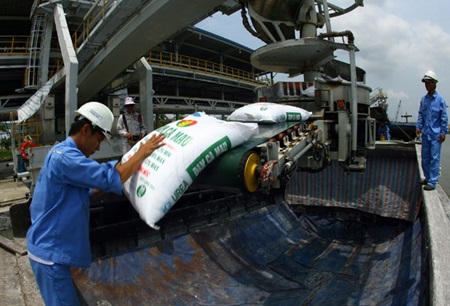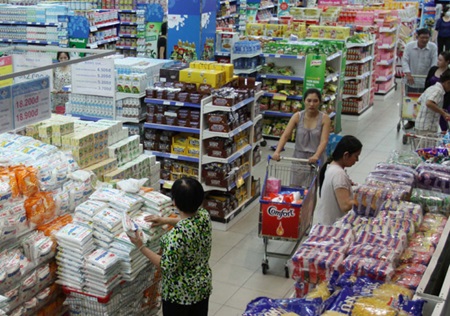Vietnam expects big remittances in 2015
Vietnam expects big remittances in 2015
Remittance inflows into Vietnam are expected to continue increasing this year, as overseas Vietnamese look to put their savings to work.

According to a Central Institute for Economic Management (CIEM) survey of over 300 receivers of remittances in seven provinces during September - December 2014, remittances into Vietnam are expected to reach $11.35 billion this year and $11.42 billion next year.
The figures were up from $11 billion in 2014, $11 billion in 2013, $10 billion in 2012, $8.6 billion in 2011 and $8.26 billion in 2010, according to the survey’s findings.
The CIEM issued a prediction in remittances for the 2015-2016 period based on Vietnam’s different socio-economic development scenarios and a modest recovery of the world economy.
However, sources cited the State Bank as forecasting that remittances would likely reach $13-14 billion this year, higher than $12 billion in 2014.
Remittances have been playing a very important role in improving people’s lives (see table 1).
“The money from my big sister has made a big difference to our lives,” said Phan Thi Tho, a farmer from the central province of Nghe An’s Dien Chau district.
Ten years ago, Tho’s husband died suddenly, severely affecting the six-member family. Fortunately, her sister living in Canada sent her VND7 million ($333.3) for organising the funeral and also provided VND5 million ($238) per month for school fees for Tho’s three children. Last year, her sister also subsidised Tho’s operations to have kidney stones removed.
Nguyen Thi Hien from Hanoi’s Bac Tu Liem district was also delighted to receive $300 a month from her son in Japan for the past three years. “Thanks to the money, I have repaired my house and bought another motorbike,” she told VIR. “I have stop working as a vendor and have opened a small shop at home.”
In another case, 50-year-old Le Xuan Sinh, a secondary-school teacher from the province’s Quynh Luu district has received money for years from relatives in France, Belgium and the US. Sinh has used the money to maintain the extended family’s graves, re-building and re-equipping the village’s clinic.
Remittances have played a significant role in Vietnam’s socio-economic development. Besides helping boost local consumption and investment, remittances have also helped build up the country’s domestic savings.
Under the study, 42 per cent of respondents said they could save some money after spending the remittances for consumption/investment over last five years.
Some 17 per cent said remittances occupied 80 per cent of their family’s income, 23 per cent said remittances accounted for 10-25 per cent of their family’s income.
Up to 40 per cent regarded remittances as ‘significant’ and ‘very significant’ for their family’s lives.
The US was the biggest sender of remittances during 2010-2012, accounting for 57 per cent of total remittances, followed by Australia (9 per cent), Canada (8.4 per cent), Germany (over 6 per cent), Cambodia (over 4 per cent) and France (4 per cent).




















